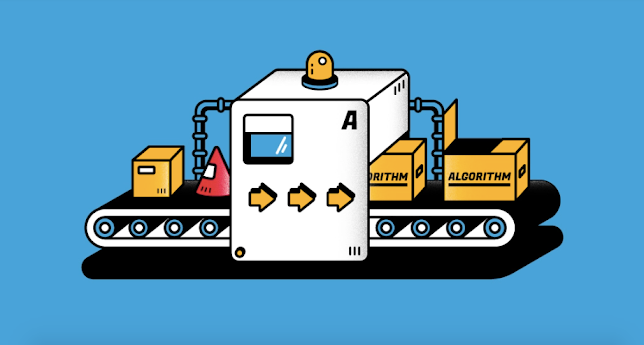Since its founding nearly two decades ago, Shutterstock has evolved from a platform with stock images to one that also includes libraries of graphics, illustrations, video clips and music tracks. Recently, the platform has begun to embrace content made with artificial intelligence, moving beyond human-made photos to experiment with images not taken with a traditional camera.
Shutterstock has begun experimenting with using generative AI, an emerging innovation that lets people enter text-based “prompts” to generate unique computer-made digital images. In late October, the company announced a plan to sell AI-made stock images in collaboration with OpenAI, the research firm behind the popular image-generator DALL-E. And earlier this month, it announced a new deal with LG to research how AI can be used by marketers and designers and explore ways to label images, cut down on manual tasks and pay people whose images were ingested by AI.
AI-generated images will be a way to fill gaps in content that are difficult for humans to create, said Meghan Schoen, Shutterstock’s chief product officer. According to the company’s recent survey of 3,000 customers and contributors, 35% of customers reported experimenting with generating images from text, 18% said they’d used AI for editing and 18% said they’d used AI for sketching images.
“More than two-thirds of both our customers and contributors knew what generative AI was,” Schoen said, adding that the awareness made it clear that, “we need to play in this space.”
Generative AI has been around for years, but it gained traction this summer after DALL-E helped more than a million users make generative images based on whatever users submitted in the text box. Although the tech hasn’t become ubiquitous in marketers’ toolkits, some have begun exploring and discussing how generative AI might be useful for brands and agencies.
According to Shutterstock CEO Paul Hennessy, some might use the tools to think creatively beyond traditional stock images. Others might want to use the tech to augment and scale projects. He gave an example of what a marketer might do for a campaign based on a photo of a dog.
“They found the perfect image of a golden retriever,” Hennessy said. “But boy, this particular advertiser would absolutely love to have a bone in its mouth. And maybe there’s an integration of the generative content. Say, I want a picture of this golden retriever with a bone in his mouth.”
When asked how he’d use generative AI in marketing, Hennessy — who was previously a marketing executive at Booking.com and Priceline — said the platform could help marketers see which kinds of images resonate with target customers and optimize campaigns by creating AI-made images like the ones that outperform.
Shutterstock is one of several tech platforms often used by marketers that have announced generative AI tools. Others include Adobe, Canva, Microsoft and PicsArt. Various startups are also using AI to generate video, audio and even avatars for brands to be used in endorsement deals, customer service and training tools.
Because of how new generative AI still is, companies like Shutterstock can help marketers create brand-safe and reduced-risk experiences, said Greg Swan, chief creative and strategy officer at the Minneapolis-based agency The Social Lights. Instead of being fearful of the tech, Swan said marketers should be excited about its potential to help with making new types of photos, videos, audio and text. He added that it’ll become “just another tool in our creative toolkit” if people learn to use it.
Credits/HELP - https://digiday.com/
Related #tags - #Ai #AI2022 #generativeAI #AItools #shutterstock #picsart #PaulHennessy #marketers #trendingnow #trendingtoday
If you're looking to augment your staff using, Top IT Staff augmentation services in USA or Best Staff augmentation companies in USA visit Reliable Group.

0 Response to "Why Shutterstock is betting on generative AI for the future of stock images - AI Updates 2022"
Post a Comment